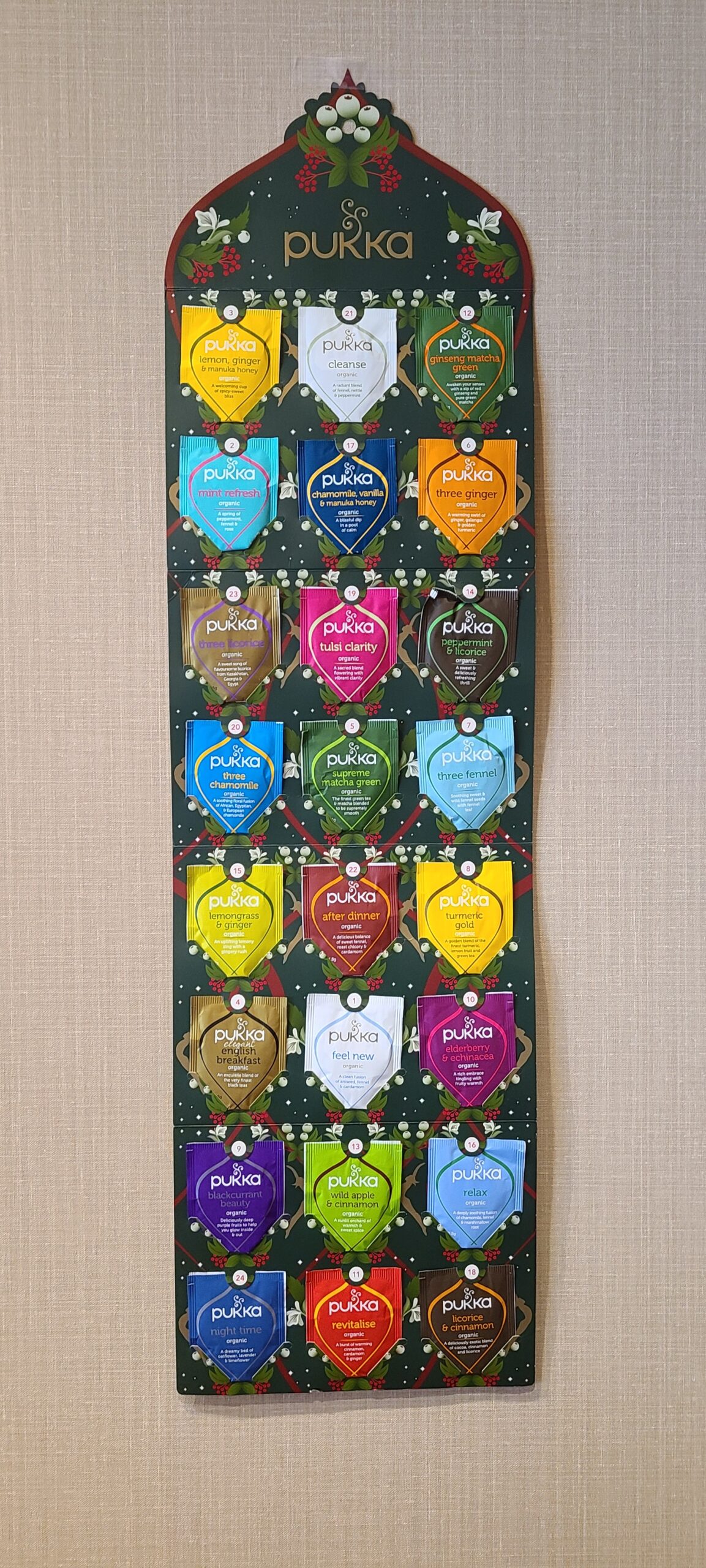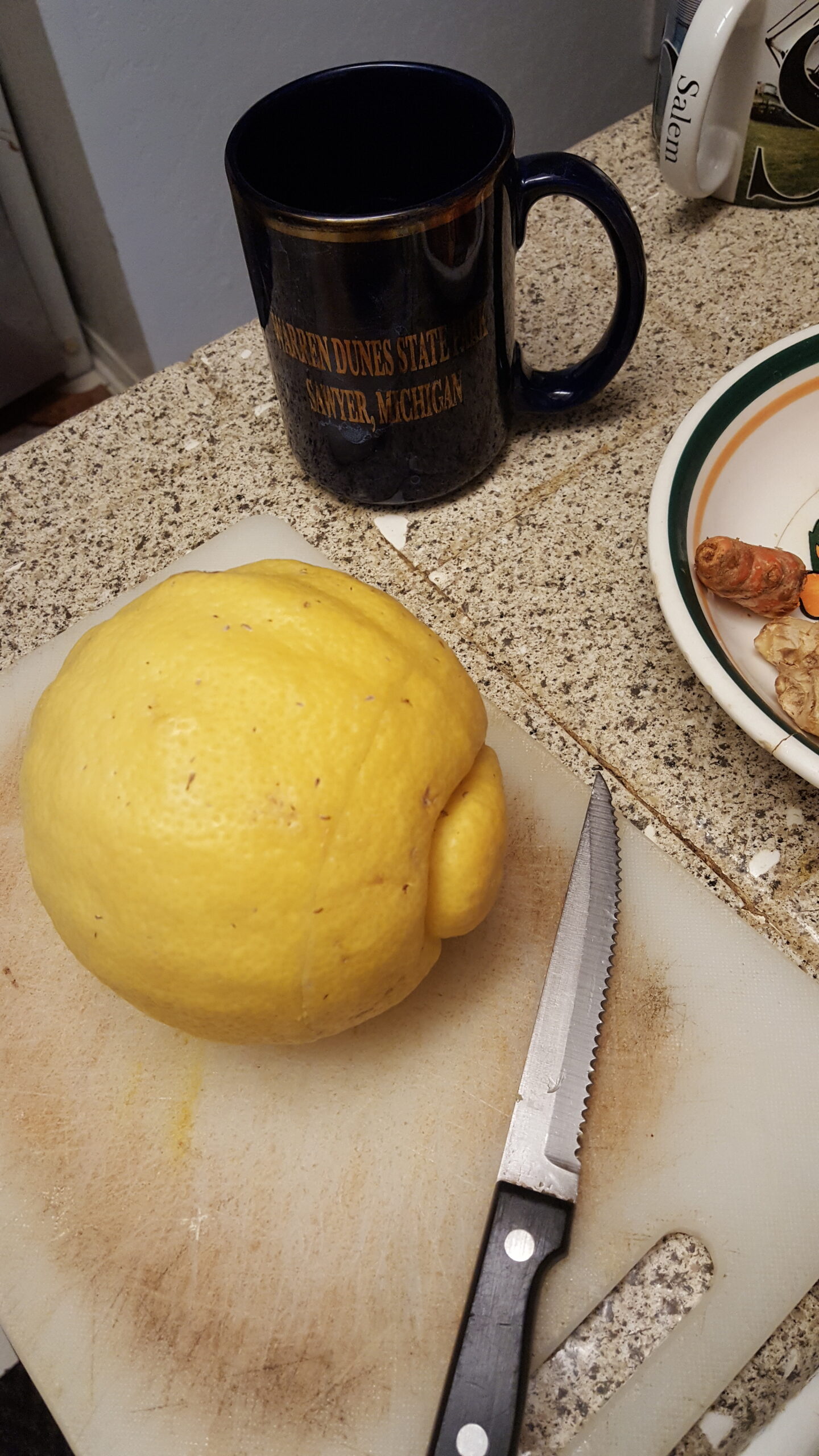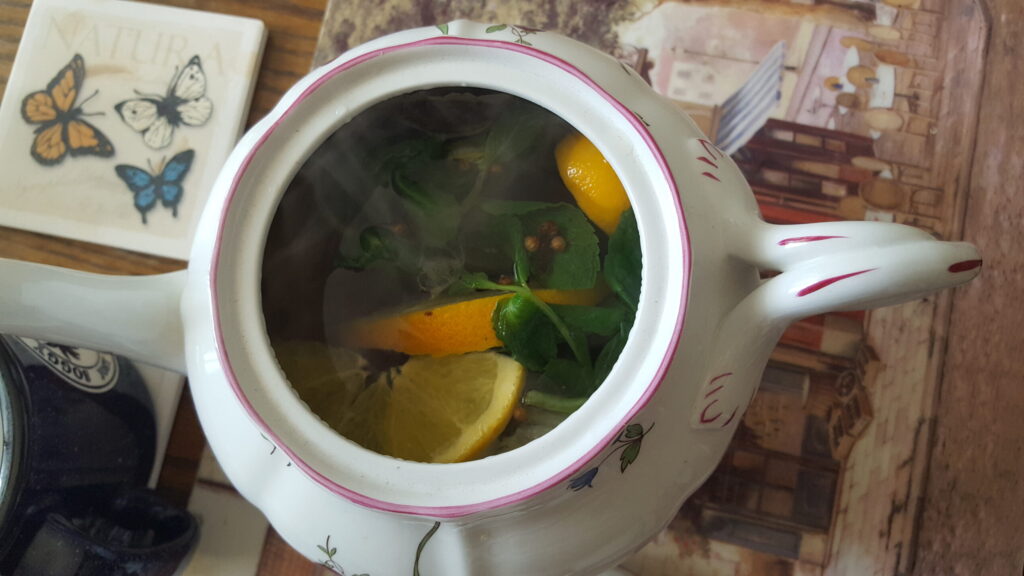Art and culture / Kultura i sztuka, Health, beauty and fashion / Zdrowie, moda i uroda, Interesting facts / Ciekawostki
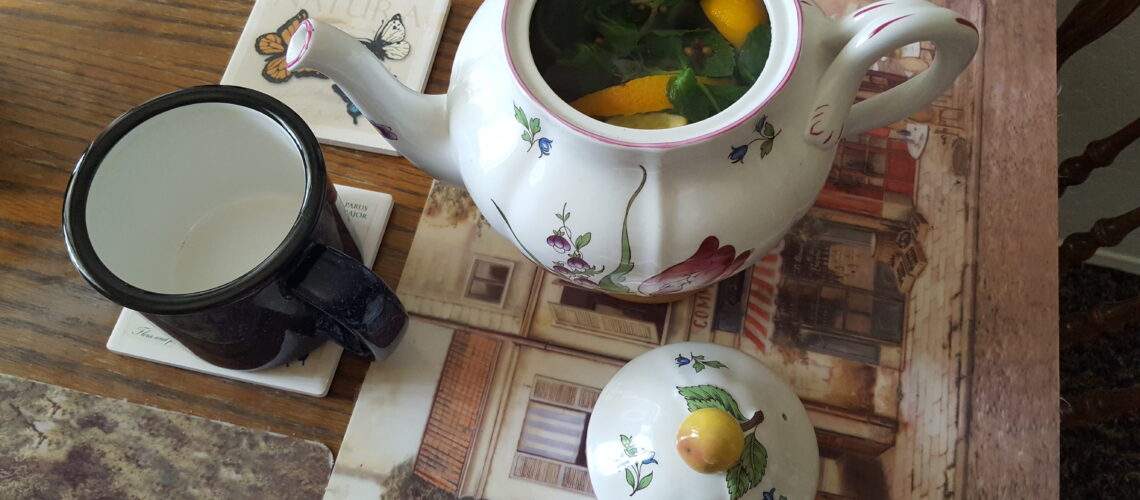
September 14, 2022
Tea – history, cultivation and properties
History
The tradition and healing properties of tea have been known for thousands of years, the Chinese were the first to know about it. In China, a legend was told about the Buddhist saint Bodhidharma who decided to meditate for seven years without a break. To curb the sleepiness, he cut off his eyelids. Where they fell, two bushes of a new plant grew – the sleep-warding tea. This rather cruel legend confirms the fact that the stimulating properties of tea have been known for millennia.
Probably already around 2740 BCE. Chinese Emperor Chen Nung drank it. But it wasn’t until around the 5th century AD that the Chinese perfected the way of brewing and serving it. In the middle of the eighth century, a specific codex was created – the “Holy Book of Tea” written by Lu Yu.
Thanks to Buddhist monks, it began to be drank in Japan, Nepal and Tibet.
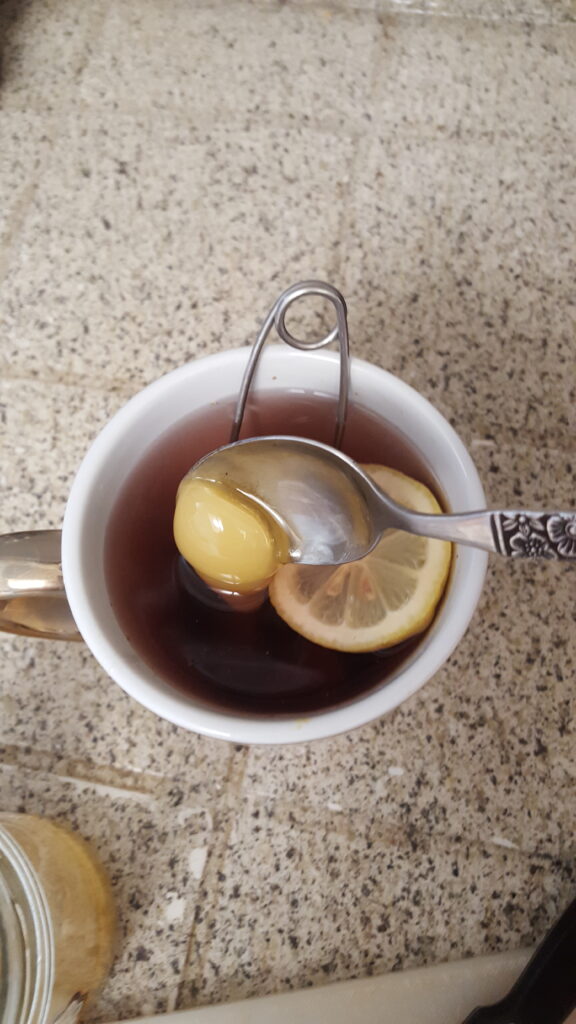
Europeans didn’t taste tea until the 17th century. Dried leaves of an exotic shrub were brought from overseas travels by the Dutch, however the Russians and the English were the first to appreciate the advantages of the infusion prepared from them.
For Poles, tea has long been one of the most popular beverages, and although the fashion for drinking tea came to us from Russia in the 19th century with the tsarist army, it did not stop the popularity of this drink in Poland. According to Russian custom, a samovar was used to brew tea. It was an universal vessel and it was used everywhere – in palaces and in bourgeois tenement houses. The infusion was not too strong, it was drunk from glasses, and sugar cubes were served on a saucer (they were not put into tea, but were placed in the mouth and tea was drunk while sucking on sugar cubes).
At the end of the nineteenth century, the English way of serving tea began to be adopted – first among the most popular aristocracy in the world. The strong infusion was brewed in a teapot and served in cups, usually with the addition of milk.
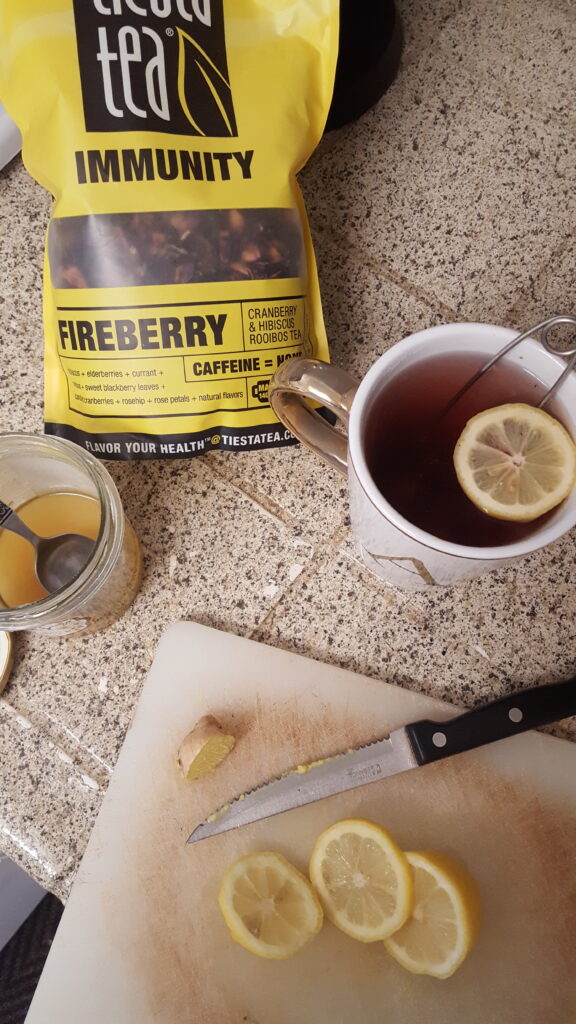
Cultivation
Growing and producing tea is a very complicated and demanding process.
On tea plantations in Asian countries, it is trimmed to approximately 1.50 m to facilitate harvesting. However, in nature, this plant can take the shape of a powerful tree. The most famous and oldest tea specimens in China grow in a forest in Yunnan Province. They are over 32 meters high, and their age is estimated at 1700 years. On acidic soil in a warm, humid climate, at an altitude of approximately 2,000 m, two basic varieties are cultivated: Chinese Camelia sinensis and Indian Camelia assamica.
The first harvestable leaves appear after 3-5 years. They are picked all year round, on average every 10 days. The leaves are placed on huge mesh tables, on which they lay for several hours. When they wilt, they lose most of their water. If they are to be made into leaf tea, they are dried and broken. To make granulated tea, they are crushed, torn and rolled. Then the raw material is fermented: the oxygen contained in the air enters the crushed leaves. As a result, they turn from green to red-orange, and the tea takes on its aroma. On this, among others, it depends on whether you get black, green, red, yellow or white tea. The final stage of treatment is heating – a stream of hot air passes through the tea, which stops all chemical processes. After this stage is completed, the color, flavor and aroma are fixed.
During these processes, the raw material is additionally screened. This is how it is selected: the leaf tea remains on the sieve, and the dried fruit that passes through it is called broken tea. On the other hand, the dust remaining after the last sifting is used to produce tea bags. Some types of teas are subjected to “aging” similarly to wine – they mature for several years in cool, dry rooms.
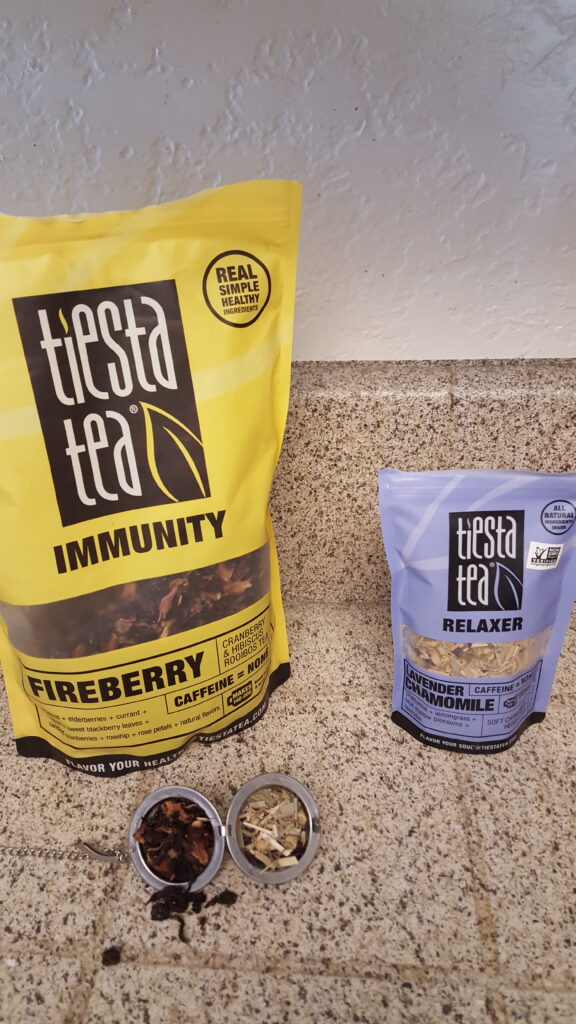
Properties
The oldest tea trees are over 1700 years old. We now know that tea contains a high concentration of anti-aging compounds. Those compounds are called flavonoids – natural ingredients provided in the diet that capture oxygen free radicals and neutralize their effects. Radicals are formed in the human body as a by-product of metabolism. They are responsible for cell damage, contribute to the development of diseases and accelerate the aging of the body. Our lifestyle, environmental pollution and stress weaken our immune system. One of the natural ways to defend yourself is to drink tea. We can even say that tea protects the heart and prolongs youth. Tea protects against atherosclerosis and heart attack, and also lowers cholesterol – the greatest enemy of our arteries.
It is also believed, although it has not been proven, that drinking tea – especially green tea – may prevent cancer and enhance the effect of anti-cancer drugs. The lowest incidence of prostate cancer in the world has been found in China, where the tea is being drank the most. Researchers from the Erasmus University in Rotterdam, after studying almost 3.5 thousand people have concluded that those who drink two cups of tea a day are almost half as likely to not suffer a heart attack. Four cups reduce the risk by almost 70%. This relationship turned out to be the strongest in women.
Dermatologists and cosmetologists are convinced that some compounds contained in tea greatly improve the condition of the skin, slowing down the aging process. It helps with fungal diseases and ulcers. That is why green tea extract is added to many cosmetics and healing ointments. Tea essence compresses soothe inflammation of the conjunctiva.
